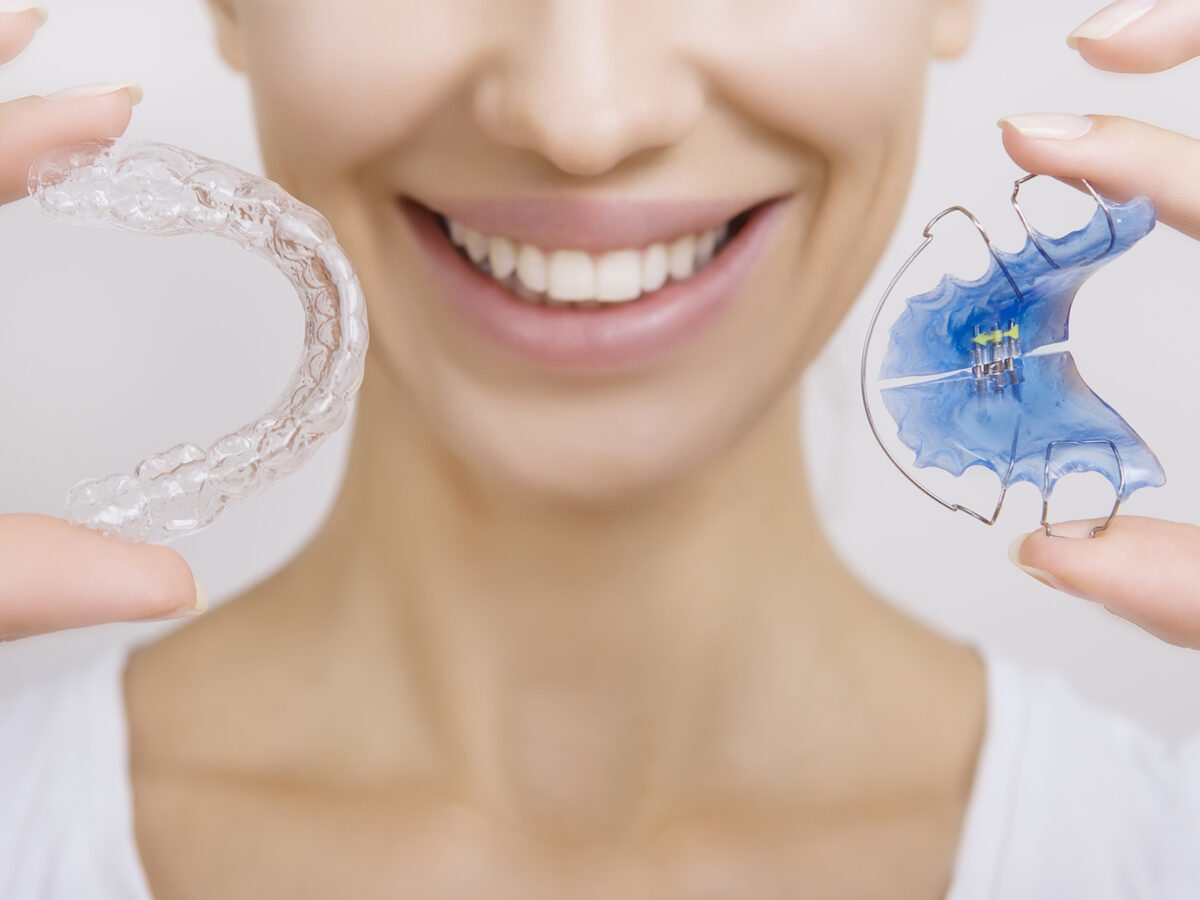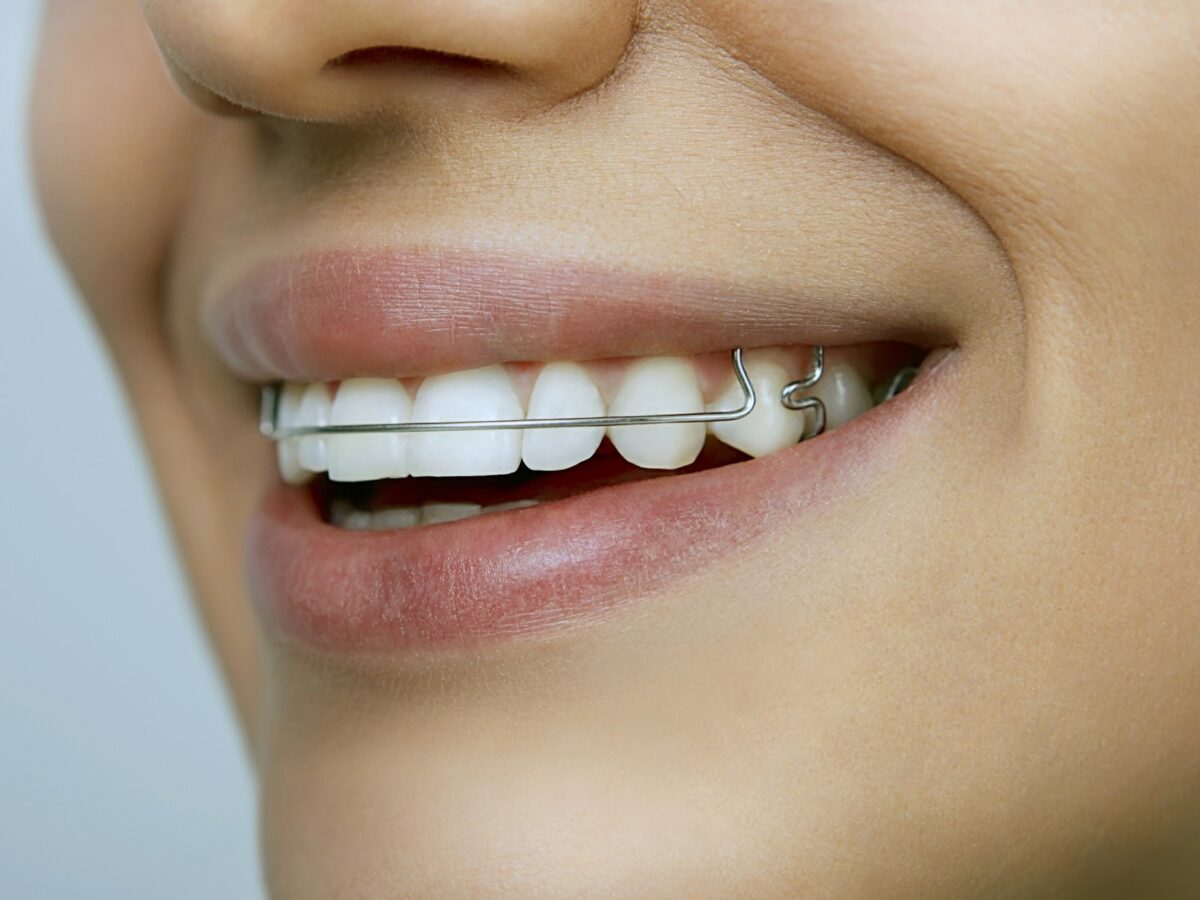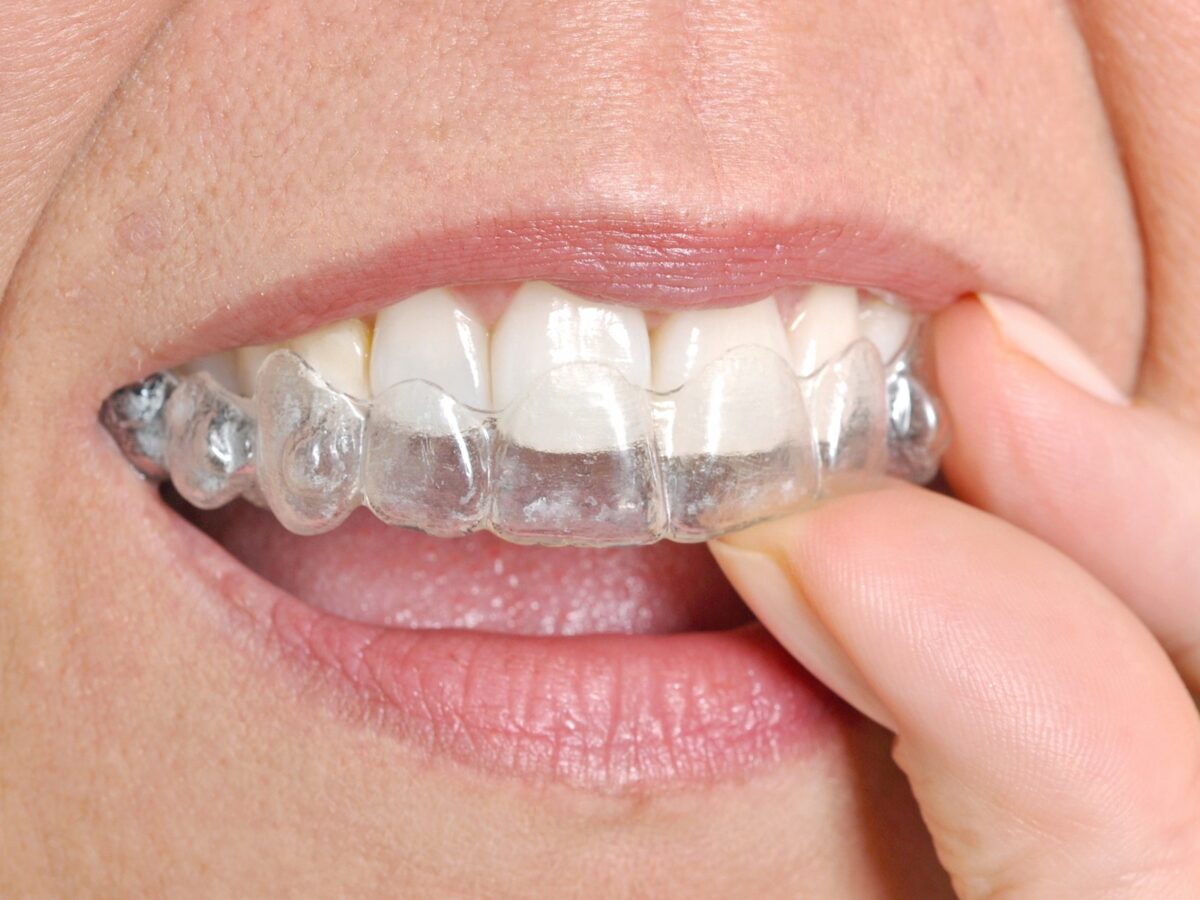Invisalign redefined the meaning of orthodontic treatment altogether by introducing an invisible, comfortable, and convenient solution—obviating the need for traditional braces. Starting Invisalign for a straighter smile will likely lead to a number-one question in your mind: how do I properly care for my teeth during treatment? A big part of that care would be to make sure you choose the right toothpaste. This article will discuss some of the best options for toothpaste for Invisalign users and exactly why this is so important.
How Important is Good Oral Hygiene with Invisalign?
It is good to understand just why oral health is so important for someone wearing Invisalign braces. Unlike traditional braces, Invisalign aligners are removable, so that they can be easily removed to be out of the way for meals and for teeth cleaning. But this convenience means that the patient has the responsibility of maintaining good oral hygiene.
With its general design, the Invisalign trays remain separated only by minimal spaces from the teeth. This condition is quite excellent for both the accumulation of bacteria and food particles. If the Integrity is not properly cleaned, this carries a high risk of tooth decay and diseases of the gum. Therefore, the choice of toothpaste and rigorous oral care are very essential for success of your Invisalign treatment in excuse of a wonderful oral health.
Characteristics of Perfect Toothpaste for Invisalign
There are some important features to look for when choosing a toothpaste to go with Invisalign. Key ingredients include the following:
Gentle Formulation
Invisalign aligners are made from a special thermoplastic material that can be sensitive to certain harsh chemicals. It is, therefore, very important to use a toothpaste with a mild formula. The best way to do this is by avoiding toothpastes containing harsh abrasives, as they can scratch or even damage your aligners. Always look for toothpaste that has the words “gentle” or “for sensitive teeth” on its label, as these tend not to contain harsh abrasives.
Fluoride Content
Fluoride is an essential ingredient in toothpaste because it does not allow the tooth enamel to decay. For users of Invisalign, fluoride is important because the aligners may create an environment for decay-causing bacteria. Select a toothpaste that contains fluoride in its compound for extra protection against cavities.
Whitening Properties
One of the most common complaints by Invisalign users is concerning tooth discoloration while using the treatment. It is recommended that you do not use any of the highly abrasive toothpaste for whitening your teeth. You can, however, adopt some gentle whitening form of formulas to help you keep your smile as bright as ever while using Invisalign aligners. Look for mild whitening agents such as hydrogen peroxide or sodium bicarbonate in toothpaste.
Flavor Considerations
While flavor might seem like a relatively minor issue related to Invisalign, it can be an important one. Many Invisalign devices are plagued by strong mint flavors that live in the aligners and then have the potential to transfer over and affect food and drink taste. Choose milder flavored toothpaste or non-mint flavored if this becomes a problem.
Additional Oral Care Tips for Invisalign Users
While it is important to choose the right toothpaste, this forms only one part of good oral hygiene during Invisalign. Here are a couple more tips to be sure that your teeth and aligners are at their best:
- Brush after each meal: Take your aligners out and do a good brush to make sure there is no food stuck on your teeth, which would then get stuck in your trays.
- Always rinse your aligners: After each removal, run lukewarm water over your aligners to keep them clean and fresh.
- Use a soft-bristled toothbrush: The bristles are tender on your teeth, and your aligners won’t scratch or get damaged easily.
- Floss daily: Flossing removes food particles and plaque between teeth that your toothbrush can’t capture.
- Avoid colored mouthwash: Colored mouthwashes do stain your aligners. Opt for clear, alcohol-free mouthwash instead.
- Clean your aligners properly: Clean the aligners with mild, clear soap and lukewarm water. Do not use hot water, as it could wrap the plastic.
Having the right toothpaste is only one of the factors to help you maintain good oral hygiene while you are under Invisalign treatment. By using only a mild toothpaste with fluoride and mild whitening properties, you will help protect your teeth, not stain them, and also ensure that your aligners last a bit longer. You might need to do a bit of trial and error to get the right toothpaste for you. Do not hesitate to ask for more specific recommendations regarding this matter, from your orthodontist or dentist. With the right oral care routine and products, you will be well on your way to getting a healthy, straight smile with Invisalign.





